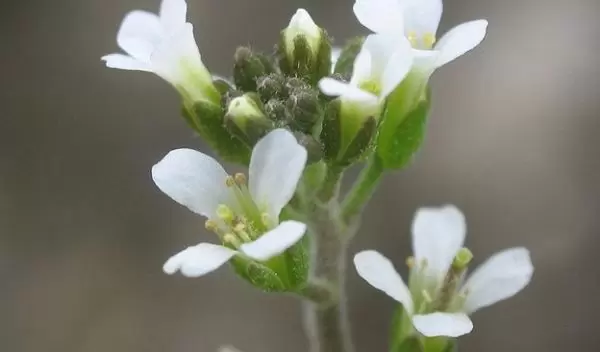
Machine learning uncovers 'genes of importance' in agriculture
Machine learning, a type of artificial intelligence used to detect patterns in data, can pinpoint "genes of importance" that help crops grow with less fertilizer, according to a U.S. National Science Foundation-funded study published in Nature Communications. It can also predict additional traits in plants and disease outcomes in animals, illustrating its applications beyond agriculture.
"This is an excellent example of how NSF-supported scientists lead the way in using AI and cutting-edge computational approaches to accelerate translation of basic plant genomic research and discoveries to the field," said Diane Okamuro, a program director in NSF's Division of Integrative Organismal Systems.
Using genomic data to predict outcomes in agriculture and medicine is both a promise and challenge for systems biology. Researchers have been working to determine how best to use the vast amount of genomic data available to predict how organisms respond to changes in nutrition, toxins and pathogen exposure -- which in turn would inform crop improvement, disease prognosis, epidemiology and public health. But accurately predicting such complex outcomes in agriculture and medicine from genome-scale information remains a significant challenge.
"We show that focusing on genes whose expression patterns are evolutionarily conserved across species enhances our ability to learn and predict 'genes of importance' to growth performance for staple crops, as well as disease outcomes in animals," said Gloria Coruzzi, of New York University's Center for Genomics and Systems Biology and the paper's senior author.
The researchers conducted experiments that validated eight master transcription factors as genes of importance to nitrogen use efficiency. They showed that altered gene expression in Arabidopsis and in corn could increase plant growth in low nitrogen soils, which they tested in the lab at NYU and in cornfields at the University of Illinois.


